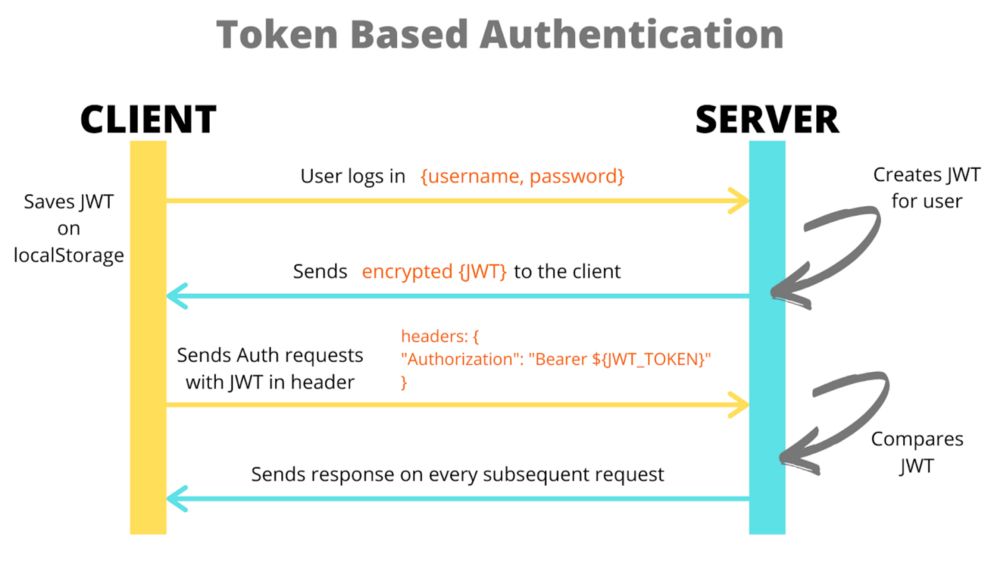
A step-by-step guide on developing and implementing RESTful APIs in ERP systems using C# and the .NET framework.
RESTful APIs are essential for communication between different modules in modern ERP systems. In this post, I’ll cover the basics of RESTful API development and how I implemented them in the Accounting ERP project using C# and .NET.
REST APIs rely on HTTP methods such as GET, POST, PUT, and DELETE to perform CRUD operations. Understanding when to use each method is essential for building a logical and efficient API.
Securing your API is paramount, especially when handling sensitive ERP data. Implement OAuth or JWT (JSON Web Tokens) for secure user authentication and authorization.
Body:
{
"username" : "user1234"
"password" : "pass1234"
}
Response:
{
"token" : "eyJhbGciOiJIUzI1NiIsInR5cCI6IkpXVCJ9..."
}
Body:
{
"username" : "user1234"
"password" : "pass1234"
}
Response:
{
"token" : "eyJhbGciOiJIUzI1NiIsInR5cCI6IkpXVCJ9..."
}
Body:
{
"username" : "user1234"
"password" : "pass1234"
}
Response:
{
"token" : "eyJhbGciOiJIUzI1NiIsInR5cCI6IkpXVCJ9..."
}

Tip: Always use HTTPS to encrypt communication and protect sensitive data.
Error handling is crucial to delivering a smooth user experience. Ensure your API provides informative error messages along with the appropriate HTTP status codes.
Tip: Use 400 for client errors (e.g., invalid input) and 500 for server errors.
As your ERP system evolves, changes in the API are inevitable. Versioning allows you to make updates without breaking existing functionality for users.
Tip: Use URLs like /api/v1/resource to clearly identify different versions of your API.
With well-structured API endpoints and secure data exchanges, I ensured smooth communication between modules, improving the overall system functionality.
A well-structured RESTful API lays the foundation for an efficient and scalable ERP system. By adhering to best practices in HTTP methods, security, error handling, and versioning, you’ll create APIs that are easy to use, secure, and maintainable.
Have questions about RESTful API development? I'm here to help! Don't hesitate to reach out through the Contact page. Let's collaborate to create efficient and powerful APIs for your ERP system.
Have questions about RESTful API development? I'm here to help! Don't hesitate to reach out through the Contact page. Let's collaborate to create efficient and powerful APIs for your ERP system.
Have questions about RESTful API development? I'm here to help! Don't hesitate to reach out through the Contact page. Let's collaborate to create efficient and powerful APIs for your ERP system.